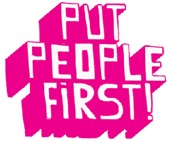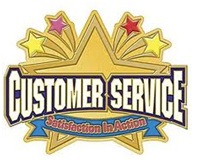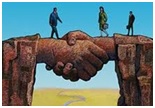|
 |
|
 |
Lynda Gratton, Living Strategy (2000)
London Business School professor (pictured right) whose work aims to make organizations more humane and employee friendly.
See also... Lynda Gratton in the Management Gurus section. Book summary
What is a living strategy? Putting employees at the heart of an organization's purpose .
Why is it important? A living strategy maximizes employees’ commitment and creativity. Employees (and corporate culture, their shared values and beliefs) are vital to a company’s competitive advantage, because their performance can’t be easily copied.
What are its three beliefs about human behaviour? 1. We operate in time (past, present and future)
2. We search for meaning Striving for shared purpose and values through formal strategy statements and informal understandings (the “unwritten rules of the game”).
3. We have a soul Employees have emotions and the need for respect, dignity and pride.
How to create a living strategy 1. Vision and objectives Define the organization’s short-term objectives and long-term vision.
2. Gap analysis Compare and fill the gap between an organization’s present capabilities with the capabilities (including people – see point 3) necessary to achieve the vision. 3. Performance Implementing people strategies for future success based on customer satisfaction, innovation and change:
These people strategies require a “guiding coalition” between:
4. The cycle of hope Commitment and mutual trust can increase (the “cycle of hope”) if employees:
Cost reduction and company reorganization (e.g. redundancies) can be perceived as unjust, so reducing commitment (the “cycle of despair”).
Key quote on human resource management Perceptions of fairness are profoundly influenced by the way we are treated, the manner in which information is given and the means by which views are heard.
Key quote on objectives and vision The creation of a shared vision is at the heart of a people-centred strategy.
Key quote on competitve advantage It is only people who can sustain the competitive advantage of a company.
Key quote on business success Successful businesses are created by excitement and inspiration, innovation and ideas.
|
|
|
||
|
|
|
||
|
||
| Copyright © wisdomtowin.com All Rights Reserved | ||
|









